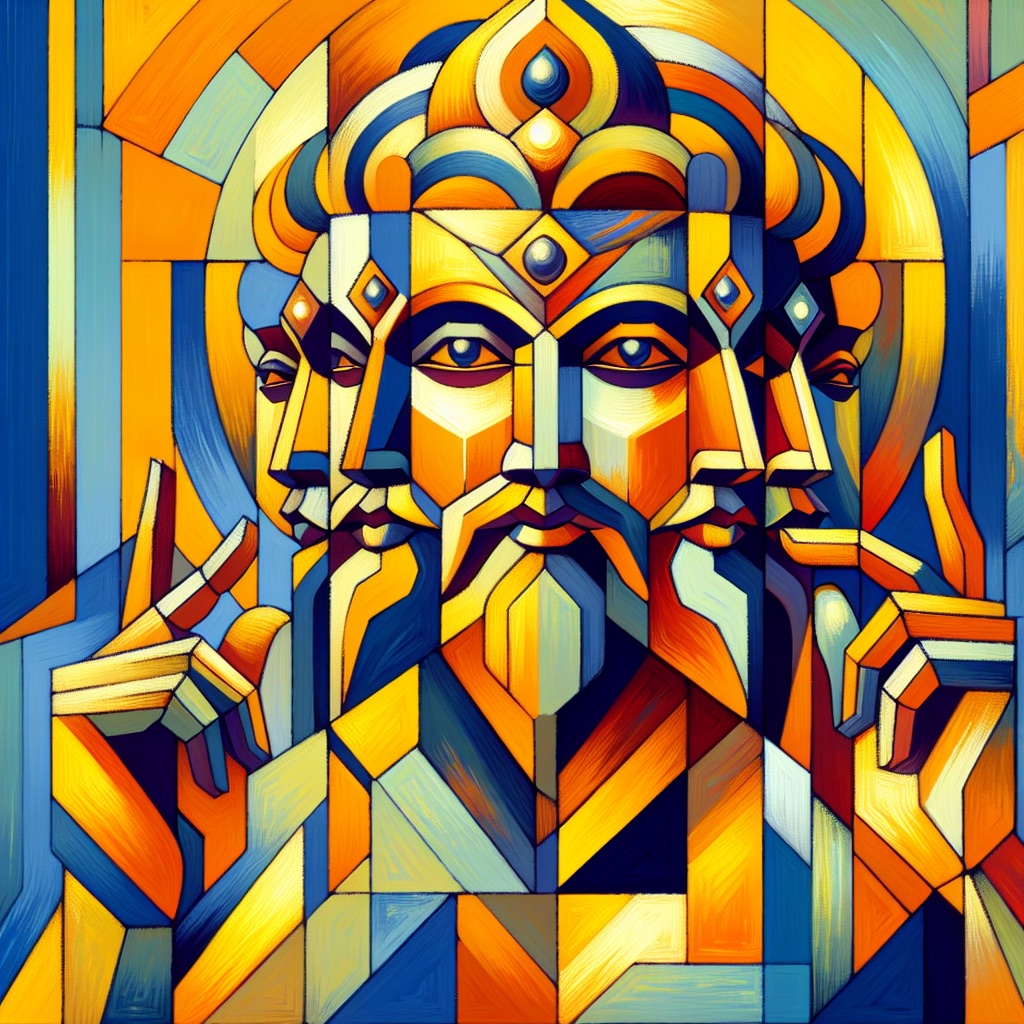Invocation
Om. Shining Ones! May we hear through our ears what is auspicious; Ye, fit to be worshipped! May we see with our eyes what is auspicious; May we, endowed with body strong with limbs, offering praise, complete the full span of life bestowed upon us by the divine beings; May Indra, of enhanced fame, be auspicious unto us; May Pushan, who is all-knowing, be auspicious unto us; May Tarkshya, who is the destroyer of all evils, be auspicious unto us; May Brihaspati bestow upon us auspiciousness!

